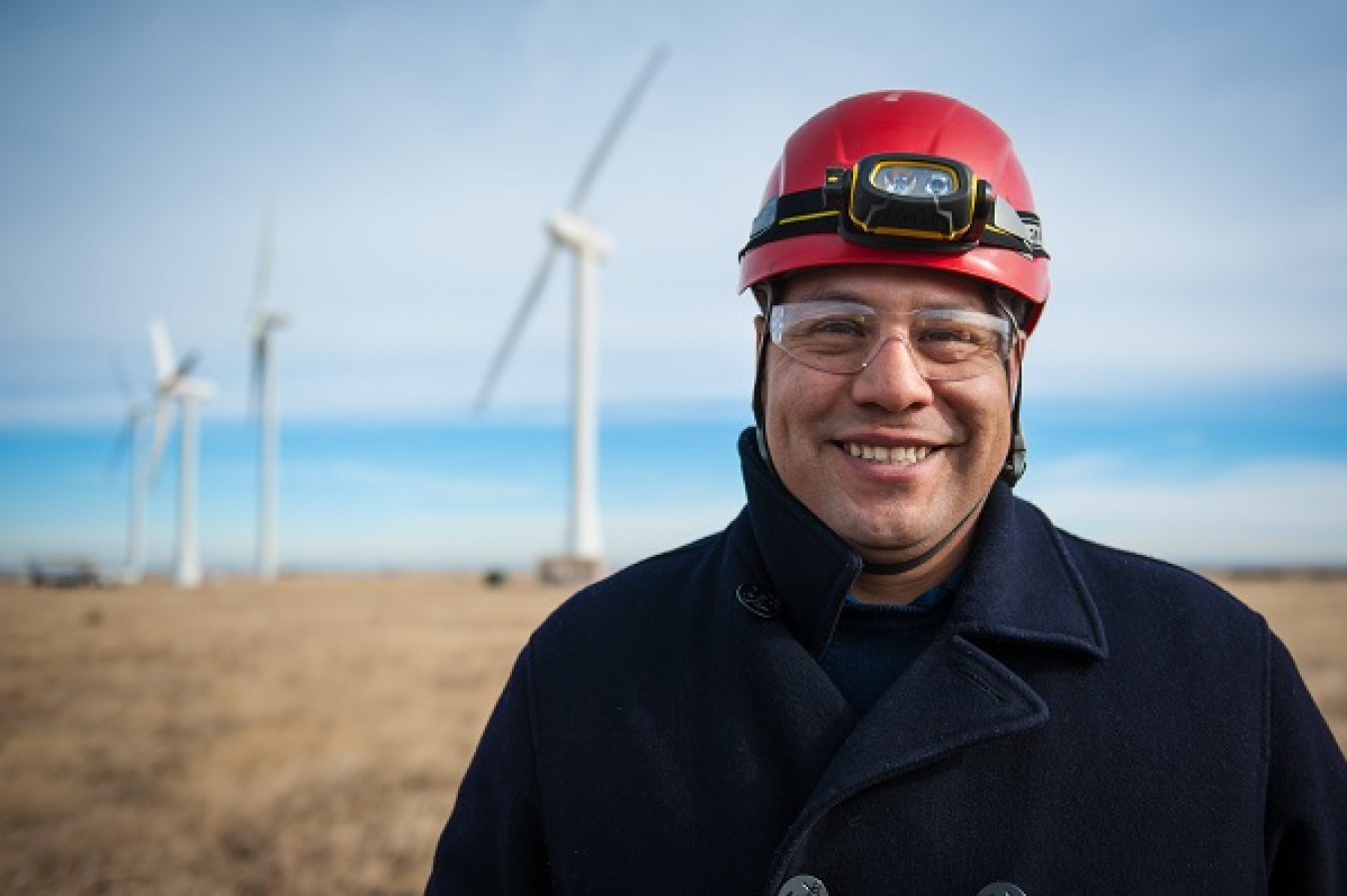
Project Engineer
| Position Title | Project Engineer |
|---|---|
| Alternate Title(s) | Construction Engineer, Project Development Engineer |
| Education & Training Level | Advanced, Bachelors required |
| Education & Training Level Description | Project engineers usually have a bachelor’s degree in mechanical, aerospace or electrical engineering. They may also have a degree in other technical disciplines or construction management. Employers also value practical experience, so graduates of cooperative engineering programs, in which students earn academic credit for structured work experience, are valuable. |
| Brief job description | Project engineers support Project Managers and Developers during the wind project development process by integrating wind assessment studies, layout designs, and manage bids/pricing for the construction process. They assist with managing technical third party contract work for the project. When the project wins a Power Purchase Agreement (PPA) and transitions into construction, the project engineer continues with the project, either assisting the Construction manager or becoming the Construction Manager for the project. |
| Preferred Level of Education | Bachelor’s degree |
| Preferred Level of Experience | See the Bureau of Labor Statistics for more information. |
| Estimated/Expected Salary | See the Bureau of Labor Statistics for more information. |
| Job Profile | A project engineer (PE) in the wind industry could be an engineer from a wide variety of disciplines. Most commonly they are Mechanical, Civil, Electrical, Industrial, or Construction Management engineers. Project engineers support Project Managers and Developers during the wind project development process by integrating wind assessment studies, evaluating layout designs, and manage bids/pricing for the construction process. They assist with managing technical third party contract work for the project. When the project wins a Power Purchase Agreement (PPA) and transitions into construction, the project engineer continues with the project, either assisting the Construction manager or becoming the Construction Manager for the project. Project engineers understand the wind resource process and interface with wind resource engineers. They integrate the MET campaign strategy, preliminary wind resource assessments, and third party wind resource assessment reports to guide key project decisions and make recommendations to the Project Manager. Project engineers support the turbine selection, turbine price negotiation, and load assessment processes. This includes the evaluation of the interplay between technical performance characteristics of turbines and layout designs with the goal of maximizing energy and minimizing costs. They are also responsible for interfacing with other project disciplines such as construction, finance, quality or procurement. (determine financing ability, procurement lead time, how many get, construction road grades, width, timing, equipment type). Additionally, their role is to understand the installation costs of the project and be responsible for obtaining and evaluating bids for the three primary areas of the “balance of plant”: 1) electrical: collection system and the interconnect; 2) the civil work such as roads and foundations and; 3) the erection work. During construction the PE is responsible for preparing bid specifications and statement of work documents, reviewing design and bid responses, selecting contractors and managing contracts. |
| Job Skills |
A project engineer in the wind industry should also be familiar with the following:
|
| Resources | Bureau of Labor Statistics: |

